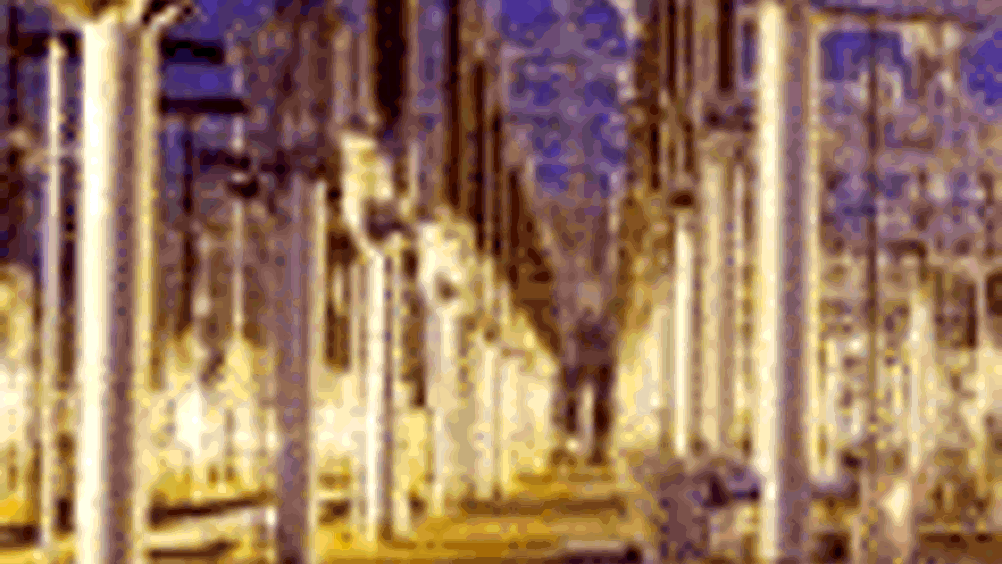The energy revolution
With worries over the security of energy supplies and mounting evidence of climate change we need new technologies to help us adapt.

For years we’ve all taken energy for granted, expecting it to be there whenever we need it in limitless amounts at a price that’s right. But with worries over the security of energy supplies and mounting evidence of climate change we need new technologies to help us adapt.
If we were to continue generating, distributing and using energy as we do now then energy’s future will be far from bright. The UK’s own gas and oil reserves are dwindling, so without alternative, secure energy sources we could be at the mercy of volatile global energy markets.
At the same time the burning of these fossil fuels has led to a build up of greenhouse gases in the atmosphere (especially CO2) which is causing the lobal warming that is driving recent rapid climate change. Left unchecked climate change will lead to droughts, temperature changes and flooding that will devastate economies and ecosystems around the globe. If we want to avoid both these catastrophic scenarios then we will need an updated energy infrastructure that can integrate ‘renewable’ energy sources – such as bioenergy, wind, wave or tidal, and solar power – that do not add to global warming.
Register now to continue reading
Thanks for visiting The Engineer. You’ve now reached your monthly limit of premium content. Register for free to unlock unlimited access to all of our premium content, as well as the latest technology news, industry opinion and special reports.
Benefits of registering
-
In-depth insights and coverage of key emerging trends
-
Unrestricted access to special reports throughout the year
-
Daily technology news delivered straight to your inbox










BEAS funding available to help businesses cut energy costs
And not a moment too soon, if the following exchange broadcast last Friday 13th June, on the Radio 4 ´Rare Earth´ program (link below, ~ 17 minutes...